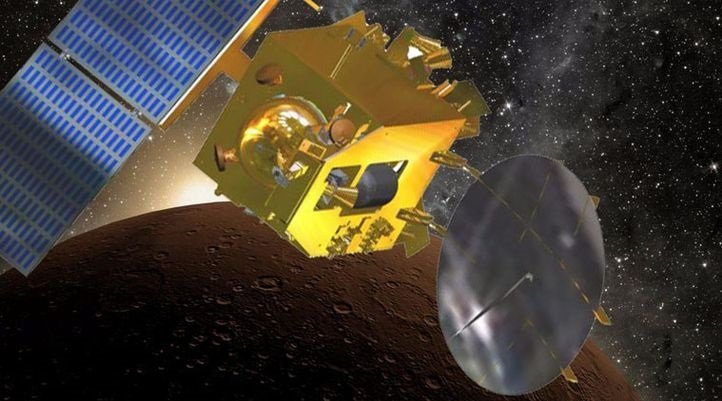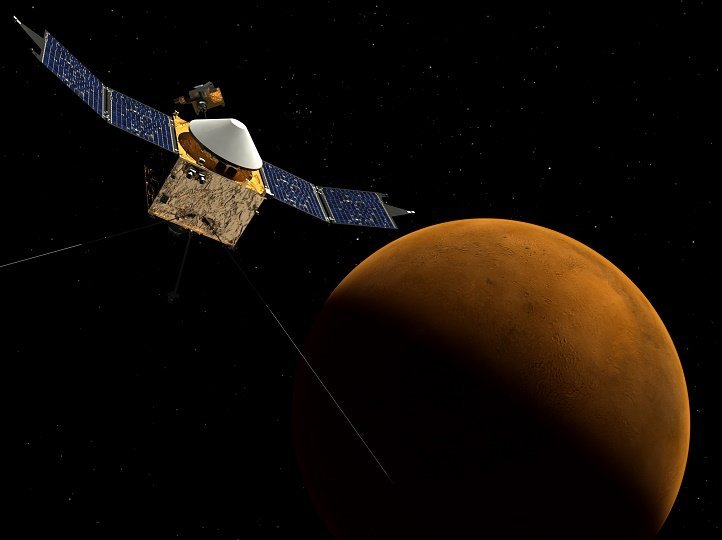As if tackling the menace of heavy traffic due to the increasing number of automobiles across the globe wasn’t enough, here is something ‘out of the globe’ which is becoming a new cause of worry for the authorities.
With the increase in the number of spaceships being sent out to outer space, US Space Agency, NASA is devising a traffic monitoring process to avoid spacecraft collisions. Traffic monitoring, communication and manoeuvre planning is being worked upon extensively to ensure that Mars orbiters do not approach each other too closely. The newly enhanced collision-avoidance process also tracks the approximate location of NASA’s Mars Global Surveyor, a 1997 orbiter that is no longer working.

Currently there are five active spacecrafts orbiting planet Mars, which are NASA’s Mars Atmosphere and Volatile Evolution (MAVEN), 2001 Mars Odyssey, 2006 Mars Reconnaissance Orbiter (MRO), India’s Mars Orbiter Mission and Mars Express from ESA (the European Space Agency). All these orbiters use the communication and tracking services of NASA’s Deep Space Network, which is managed at Jet Propulsion Laboratory (JPL).
“Previously, collision avoidance was coordinated between the Odyssey and MRO navigation teams,” said Robert Shotwell, Mars Programme chief engineer at NASA’s JPL, Pasadena, California.
“There was less of a possibility of an issue. MAVEN’s highly elliptical orbit, crossing the altitudes of other orbits, changes the probability that someone will need to do a collision-avoidance manoeuvre,” he added saying that all orbiters are now being closely monitored.
“When two spacecraft are predicted to come too close to one another, we give people a heads-up in advance so the project teams can start coordinating about whether any manoeuvres are needed,” said Joseph Guinn, manager of JPL’s Mission Design and Navigation Section.

Despite all the possible chances of collisions, what is surprising to note is the fact that traffic management at Mars is much less complex than in Earth orbit, where more than 1,000 active orbiters plus additional pieces of inactive hardware add to hazards.
Forget the presence of water or oxygen as all that fantasy about life on Mars, ‘inspired’ by sci-fi hollywood movies and books may need to wait. The foremost issue to be addressed now is to make the ‘Mars experience’ free from the very earthly traffic jams, collisions and accidents.

















